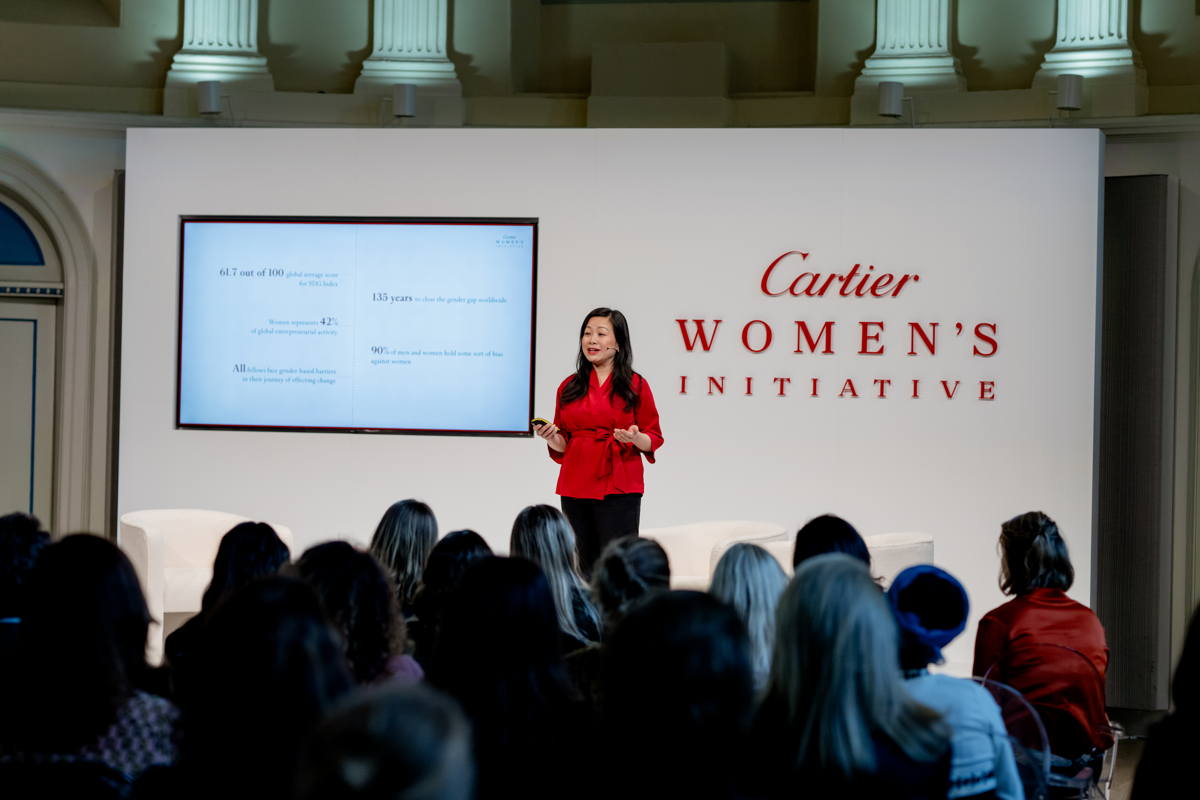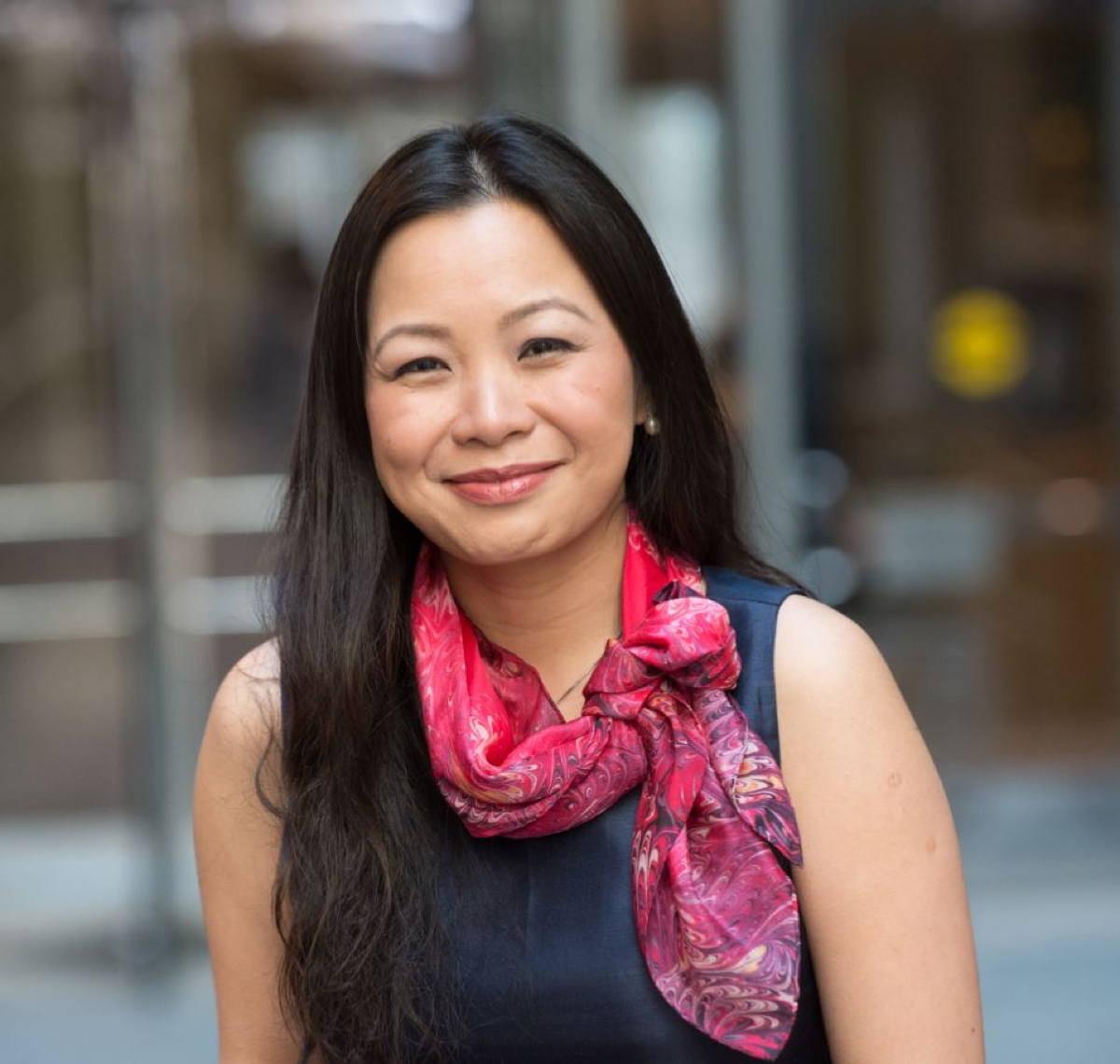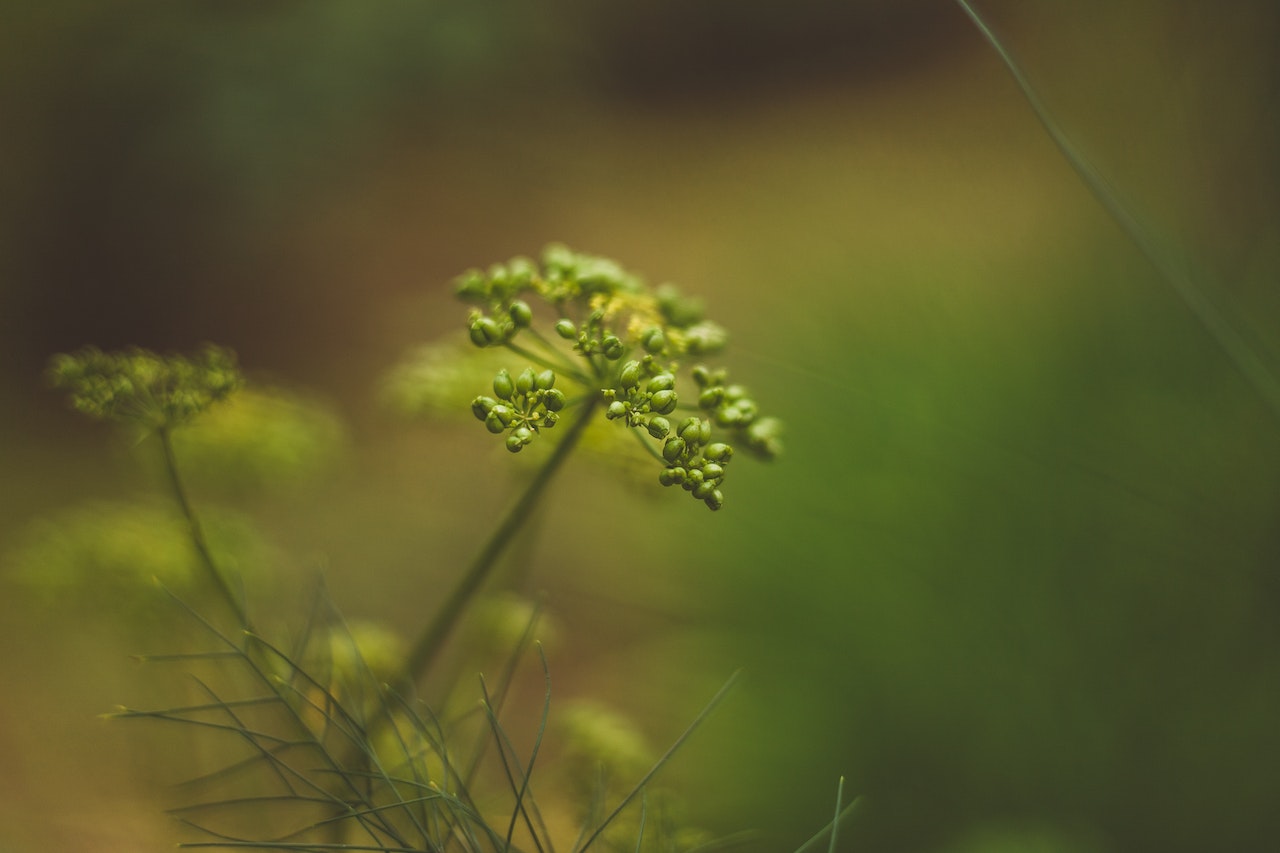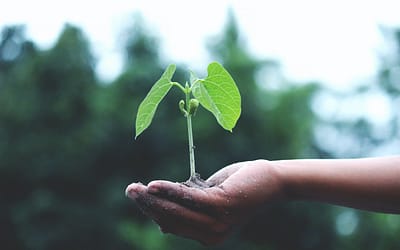This post was originally published on Luxiders
Women entrepreneurs face multifaceted challenges in the business landscape, including limited access to funding, gender bias, and the struggle to achieve work-life balance. Overcoming these obstacles is crucial for fostering gender equality and unlocking the full potential of women in entrepreneurship. We interview Wingee Sin, Global Program Director at Cartier Women’s Initiative, to get to know how this can be solved.
To receive the Luxiders newsletter, sign up here.
In the dynamic landscape of modern entrepreneurship, women are emerging as formidable forces, reshaping industries, and challenging traditional norms. With an unwavering spirit and innovative prowess, female entrepreneurs are not only breaking glass ceilings but also amplifying the voices of diversity and inclusion in boardrooms worldwide.
Statistics speak volumes: according to recent studies, women-owned businesses are proliferating at a rate that outpaces the general market, contributing significantly to economic growth. In the United States alone, women-owned businesses account for over 40% of all businesses, generating trillions in revenue annually. Moreover, research indicates that companies with diverse leadership, including gender diversity, tend to outperform their competitors, showcasing the tangible benefits of women’s involvement in business leadership roles.
However, this journey towards gender parity in entrepreneurship is not devoid of challenges. Despite advancements, women still encounter systemic barriers, including access to funding, networking opportunities, and mentorship. Discriminatory practices and biases continue to hinder their progress, perpetuating inequalities in the entrepreneurial landscape.
Wingee Sin knows a lot about this. She serves as Global Program Director of the Cartier Women’s Initiative (CWI), an annual international entrepreneurship program that aims to drive change by empowering women impact entrepreneurs. Founded by Cartier in 2006, the program is open to women-run and women- owned businesses from any country and sector that aim to have a strong and sustainable social and/or environmental impact. We interview her to get to know more about the reality of the current situation of women in the business world.
30
Wingee Sin, Global Program Director at Cartier Women’s Initiative
Wingee Sin © Ilsoovandijk
TEN QUESTIONS WITH WINGEE SIN
As the Global Program Director of the Cartier Women’s Initiative, you oversee a program dedicated to supporting women impact entrepreneurs worldwide. Could you share some success stories or notable achievements from this initiative this year that have had a significant impact on female empowerment and entrepreneurship?
The initiative is supporting many remarkable women-impacted entrepreneurs. Today, the cohort of the 33 new fellows is shared with the world. Each of their businesses has had a remarkable impact. That’s why they’re selected to be part of our program.
Currently, we are on the 17th edition. When we were 15 years old, we did an impact report of the 15 years of looking back at the entrepreneurs that have been part of this journey and seeing how their businesses have evolved, what we have contributed to their work, basically. From that, we knew that via the program itself, on an impact basis, we are contributing to a greater sense of belonging for the entrepreneurs to feel part of the overall entrepreneurship ecosystem. We are helping with increasing their sense of confidence towards the work that they’re doing. We are also helping them with business and social network skills and business opportunities. These are all metrics that our initiative tracks for the entrepreneurs that are being supported by our program.
Every year, as we have a new cohort, we’re tracking sort of how our program resources have supported them in their journey and rather it has been effective or not. Year on year, these women entrepreneurs are delivering a really incredible impact on a social environmental basis. And that’s why they were selected to be in our program.
So you are also measuring with data what is the impact of this initiative across the years?
Yes, exactly. There’s looking at the impact of our own work on –rather if we provide them financial capital support, what it did for their business–, and there’s also the impact delivered by the entrepreneurs themselves. So there’s definitely two layers of change.
Serving on the investment committee of Next Wave Ventures, you’re involved in funding early-stage businesses with a focus on social impact. How do you identify and evaluate investment opportunities that align with your mission of empowering women and driving positive social change?
The Next Wave Impact Fund and the Cartier Women’s Initiative share similar priorities, focusing on supporting women impact entrepreneurs. Women across the globe are creating impact-driven businesses, solving social and environmental challenges while aiming for financial sustainability. In the investment capacity, I seek opportunities to invest in these businesses, while in the Cartier Women’s Initiative, we support them by enabling their participation in the program. This year, we received over 1000 applications from 99 countries, underscoring the global presence of women striving to create social and environmental change via business models. I’m blown away by the number of countries this year. It means like this exists in all corners of the world: women trying to create social environmental change via a business model.
So to answer your original question, how do you find them? They exist, they’re actually everywhere, their story needs to be told.
“We need to tell the world that impact businesses are possible and that women leading these businesses are running them successfully and creating a lot of benefits for greater society.” – Wingee Sin.

30
Wingee Sin, during Cartier Women’s Iniciative, last April
Wingee Sin, during Cartier Women’s Iniciative, last Wednesday © Ilsoovandijk
With your extensive experience in the capital markets, how do you see the landscape evolving concerning the participation of women, both as investors and entrepreneurs, and what opportunities and challenges lie ahead?
The biggest challenge for women entrepreneurs lies in securing financing, prompting our program’s focus on this stage of entrepreneurship. By supporting women who have one year of revenue and are committed to social or environmental change, we aim to bridge the gap and enable them to scale their businesses. We feel that by providing them additional support in this phase, we’re able to scale more businesses. This support will be the most influential because this is the piece that is known as the missing middle in the ecosystem. This is where philanthropic support to bridge this gap can help them be on this trajectory.
I think, in terms of what is needed in the capital markets is definitely more capital that’s dedicated towards impact business and more capital dedicated to women. So gender lens investing is a really important space to be growing, and it is growing, but just feels so long and so slow (laughs). It’s very slow.
In your view, what are some key strategies or initiatives that can help break down the barriers faced by women entrepreneurs, particularly those from underrepresented communities, and create a more conducive environment for their success?
I think one of the biggest challenges for an entrepreneur is to figure out the right financing strategy that matches the right business strategy. And I would say in impact entrepreneurship, this is even more critical. Because if you don’t have a financially sustainable business, you don’t have any impact. You can have the best solution, but you need a viable business model to perpetuate it. That’s the difference between why this work is not within an NGO versus a business. We’re specifically trying to support entrepreneurship because we know all of the world’s challenges won’t be solved, and it is not enough to be solved by governments and NGOs.
We can’t leave them to solve all of this alone. We all need to be involved, and any role in business is critical, whether it’s big or emerging entrepreneurs. Entrepreneurs are the catalysts for creativity and innovation, making them essential in tackling the world’s challenges. Through our support, we aim to empower them to address these challenges continuously, whether through initial funding, connections, or visibility for their work.
Mentorship and guidance play crucial roles in nurturing aspiring entrepreneurs. How does Cartier Women’s Initiative support mentorship and networking opportunities for women entrepreneurs, and what impact have these initiatives had on their professional growth and success?
Yes. Especially in the beginning of the business, when you have to do everything. You’re the chief marketing officer, chief HR officer, chief business development, finance, everything. And then as you grow, you have a little bit less hats. But indeed, nobody knows everything all at once, right? This is why mentorship is really critical in the different phases. But mentorship without capital, there’s not much they can do with it.
They go hand in hand. I think people are recognizing the importance of that and they’re contributing in that way, but the actual capital that backs why that mentorship matters is still missing.
As a leader in both the corporate and social impact sectors, how do you balance the pursuit of financial returns with the broader mission of creating positive social and environmental impact, especially when evaluating investment opportunities?
For us in running the program around the entrepreneurs, we don’t look at the entrepreneurs delivering the highest rates of return. Within the program, we’re really looking at entrepreneurs who have a sustainable business model that are delivering the strongest level of impact. So the selection criteria of the entrepreneurs are much more around that: How they are maximizing impact and have a very robust business model.
But how do you measure the impact?
It’s very difficult. There are lots of different opinions on how to measure impact. There are many schools of thought on impact measurement, many metric systems. And indeed, I think it’s worth discussing the merits of each of the systems. But probably any of those systems, any one of them, is something the world needs.

30
Wingee Sin
Wingee Sin
“I do believe the conversation around impact measurement should continue to evolve so that it becomes more financial metrics focused. I think that is very important.”
But as you read about all the stories of our fellows, those social and environmental changes that they are solving are very fundamental. Like, you know, saving lives, cleaning water, ending poverty, climate change, energy measurement… You can measure any of those impacts in 10 different ways. I’m sure one of them will be better than the other, but let’s face it, we all need these challenges to be solved.
Collaboration is often key to driving impactful change. How does Cartier Women’s Initiative collaborate with other organizations and stakeholders to amplify its efforts in supporting women entrepreneurs and fostering gender equality?
The theme of our program this year is “Forces for Good”. Our present world is more and more divided. To create social and environmental change, we need to be more and more united. In the program, we do have many collaborations. Our strategic academic partner is the NCF Business School, their model is “business as a force for good”. They wanted to be the business school for the future, and that means social environmental change is sustainably driven. Our science and tech program partner is Hello Tomorrow. They are an incredible organization that’s trying to mobilize for deep tech and social environmental change. Our research partnership is the Global Entrepreneur Monitor. They have been running 20 years of longitudinal research on entrepreneurship. So those are just many examples of our collaboration to really further the existing work that is going on, and really bring the gender dimensions to it, so that both we’re amplifying the existing organization’s work, and also the vision that we’re hoping to see. We are inspired by many people’s openness to collaborating and really joining forces together.
Given your experience in the finance industry, what advice would you offer to women looking to navigate and thrive in traditionally male-dominated fields such as finance and entrepreneurship?
I think it’s two-fronted actually, specifically relating to financing. So for women personally, to really take control of their wealth and learn about how to manage their own money.
Financial independence is vital. As entrepreneurs, I advise them to prioritize financial sustainability and align their financing strategy with their business strategy. There’s no one-size-fits-all approach; they need to be fully aware of their impact intentions and how they want their life and business to evolve. It’s essential to consider both personal and business finances. Many individuals, both men and women, overlook personal finance amidst life’s demands, which disproportionately disadvantages women due to career breaks and their longer lifespans. Therefore, it’s essential for women entrepreneurs to prioritize both their professional and personal financial well-being.
“Don’t forget yourself personally. Sometimes entrepreneurship, it’s like personal life and work life all in one”.
Do you have family? Kids?
Yes. We often discuss sustainable companies led by women, and one of the main reasons they give up is because they want to start a family. So, it’s something we should accept and can coexist. Many of our fellows in the program, given our lengthy application cycle, experience life events like having babies. We’ve adapted by offering more flexibility, allowing deferral for new parents, including fathers, and creating a supportive environment for those balancing entrepreneurship and parenting. Sharing challenges and solutions among fellow parent-entrepreneurs fosters solidarity and helps individuals navigate their dual roles. For instance, one fellow brought her husband along for support during an awards week, while another, unaware she could ask for help, left her baby at home. Seeing others’ experiences can inspire and empower individuals to seek the support they need.
Your book, “Impact with Wings: Stories to Inspire and Mobilize Women Angel Investors and Entrepreneurs,” aims to encourage women to become angel investors and entrepreneurs. Can you elaborate on the role of angel investing in promoting self-empowerment among women and how it contributes to creating a more inclusive and equitable society?
Yes. I had the opportunity to collaborate with a really amazing woman on this book. It was around the idea that we can all take charge of the power of our wealth. In the case of angel investing and specifically investing in impact-driven companies, that is an expression of what we care about in the world. And what we find is in many research and statistics around when women take control of their wealth, they are actually dedicating it towards causes and businesses that they care about, and they are often social and environmental change things that the world needs. So angel investing is one form of investing that really empowers the early stage of entrepreneurship. And as women, if we embrace and take on more opportunities in angel investing, then that also drives more the initial cycle of innovation and creations of the world. So that’s why, depending on where you are in the world, there’s a lot of movements going on around angel investing and women and getting more women to be involved in the early stage of entrepreneurship so that more ideas that are inclusive of women and more ideas that are started by women and solving challenges that women knows about even, you know, see the light of day, basically. Because that’s just the very first step, right, like the initial stage of investing.
Lastly, what are your hopes and aspirations for the future of women’s empowerment, social impact investing, and entrepreneurship, and how do you envision Cartier’s continued contribution to these endeavors?
The future of our fellows in the program? Hopefully, all their businesses flourish and contribute to the social and environmental change they aspire to achieve. They don’t necessarily have to become large enterprises to make a significant impact. I think that would be the ultimate goal of the initiative. I like to think about the idea that maybe in the future we won’t need a program like ours anymore, because everybody’s business will already be a very inclusive entrepreneurship ecosystem. Impact business and regular businesses could be synonymous. It’s all possible. If someday we reach that point, it would be a remarkable achievement for the program.
All images:
@ Ilsoovandijk
+ Words:
Belvis Soler
Luxiders Magazine
Der Beitrag Interview with Wingee Sin | Global Program Director at Cartier Women’s Initiative erschien zuerst auf Sustainable Fashion – Eco Design – Healthy Lifestyle – Luxiders Magazine.





0 Comments